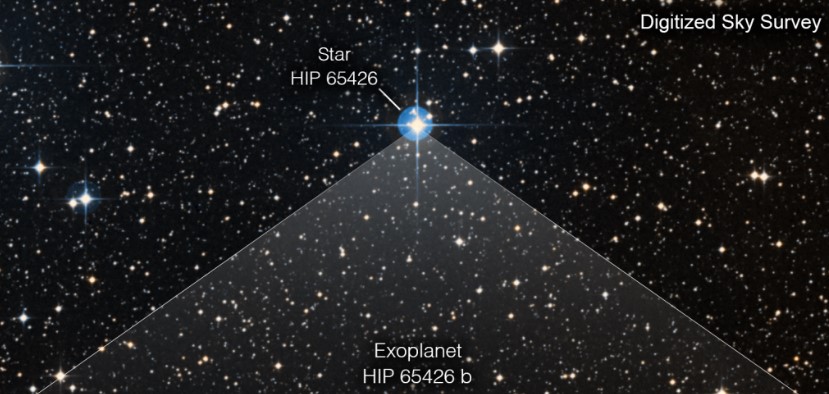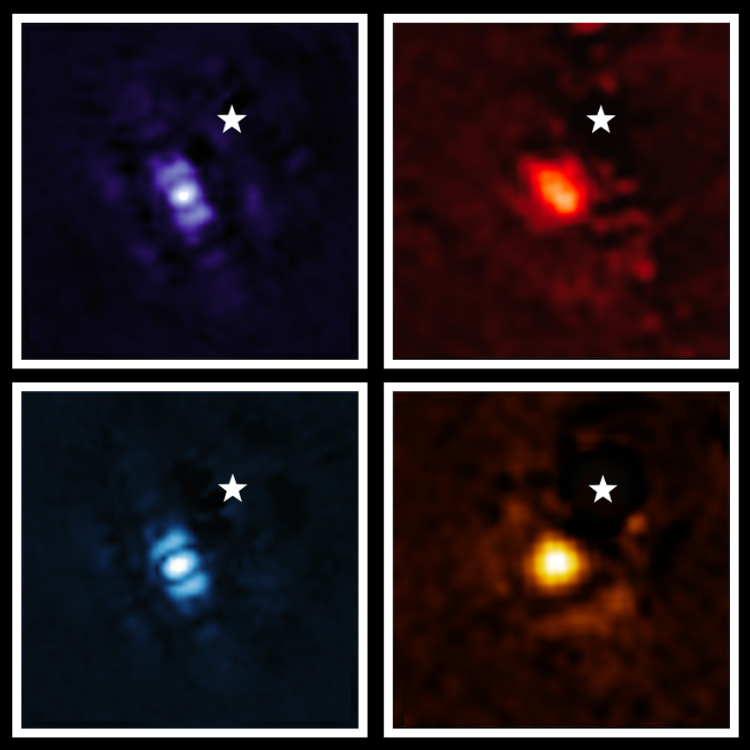
The James Webb telescope was the first to photograph a planet outside the solar system
The James Webb Space Telescope of the National Aeronautics and Space Administration (NASA) of the United States was used by astronomers for the first time to obtain images of a planet outside the Solar System. The announcement was published on the official website of the aerospace department.

‘For the first time, astronomers used NASA’s James Webb Telescope to obtain a direct image of a planet outside our solar system. The exoplanet is a gas giant, meaning it does not have a rocky surface and cannot be habitable,’ – NASA said in a statement.
The space observatory has imaged the exoplanet HIP 65426 b, the mass of which is 6-12 times greater than the mass of Jupiter. According to scientists, this planet is much younger than Earth. If our planet is about 4.5 billion years old, then HIP 65426 has existed for only 15-20 million years. The planet was first discovered using the Spectro-Polarimetric High-contrast Exoplanet REsearch instrument (SPHERE) of the European Southern Observatory in Chile.

The exoplanet HIP 65426 b is about 100 times farther from its parent star than Earth is from the Sun. It is emphasized that obtaining direct images of planets is not an easy task, because they are much less bright compared to stars. The object HIP 65426 b is more than 10,000 times dimmer than its parent star in the near-infrared range and several thousand times dimmer in the mid-infrared range. When using each of the four filters, it was possible to obtain an image in which the exoplanet looks like a stream of light, the shape of which changes.

